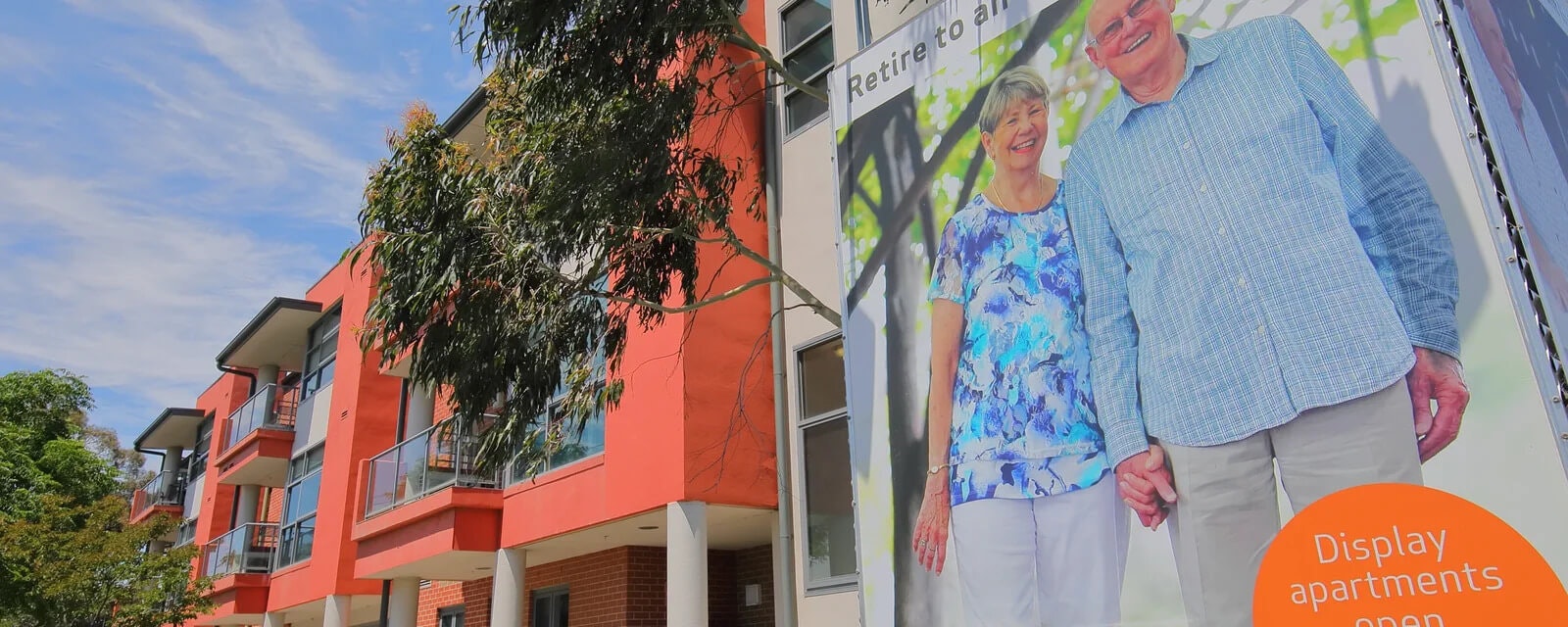The Challenge Facing Aged Care Providers
Rising demand, shifting service expectations and resource constraints are creating both challenges and opportunities for those operating within Australia’s Aged Care sector. These evolving trends are making it increasingly difficult to meet the needs of all key stakeholder groups and are subsequently placing mounting pressure on sector service providers.
This situation is being compounded by the ongoing Royal Commission into Aged Care Quality and Safety. The resultant spotlight on care provision, and the corresponding media coverage, has had a detrimental impact on both customer trust and wider stakeholder confidence in the market, increasing the urgency with which providers must adapt.
For many, it is hoped that this spotlight on the market will be a catalyst for change. For providers, it raises two key questions:
- How can we rebuild trust in our brand and in the wider Aged Care market?
- Within a resource constrained market, what sustainable service models will enable the equitable provision of customer centric, high-quality Aged Care in desirable settings?
Building Trust and Unlocking Sustainable Value
When seeking to drive sustainable performance improvement, it is often valuable to leverage learnings from international case studies. For Australia, one market that offers a valuable source of insights is the UK.
Although system nuances cannot be underestimated, recent trends within the UK Aged Care system provide some interesting parallels to the current state of the Australian market. These parallels, which include a period of heightened scrutiny not dissimilar to that created by the Royal Commission, present an opportunity for local service providers to learn from both the mistakes made and best practices introduced by their UK-based counterparts.
It was the pressing nature of the trends facing the UK market that provided the impetus for step changes in service design and delivery approaches. Across providers these changes had a number of commonalities, with providers that successfully delivered impactful service improvements having typically applied the key learnings summarised below:
- Understand the Aged Care value drivers: To unlock value a granular understanding of key performance levers (including current performance, industry best practice, and market trends) is required.
- Commit to understanding stakeholder needs: To improve health outcomes and service satisfaction providers must invest time and resources to thoroughly understand the needs of customers, families, staff, etc.
- Adapt to customers’ willingness to pay: To optimise value for care, service propositions should be based on a robust analytical review of customer preferences and, importantly, their willingness to pay.
- Consider the value of tailored services: To maximise service value by customer segment (e.g. grouped by care needs and/ or funding type), it may prove beneficial to develop separate models tailored to each distinct customer group.
- Seek opportunities to promote service integration: Vertical integration helps providers to meet customer needs in preferred settings (e.g. by offering access to home care, preventative, and/ or restorative services).
- Develop an effective pricing strategy: A robust and appropriately flexible pricing strategy can be a means of effectively capturing market share and managing occupancy levels.
- Allow for model flexibility: To future-proof service provision within an ever evolving regulatory, technology and customer landscape, models must have an inherent flexibility.
- Seek inorganic expansion opportunities: Adapting to regulatory changes and market trends can prove too resource-intensive for some providers, presenting others with inorganic growth opportunities.
- Unlock efficiencies at scale: Although larger providers may benefit from operational and organisational optimisation, this must be balanced with the need to deliver quality services on the ground.
If appropriately applied to the Australian market, these learnings could help providers to address the aforementioned questions. They can provide a robust, data rich foundation on which Aged Care providers can rebuild customer trust, regain the confidence of wider stakeholder groups, and ultimately develop services that sustainably deliver high-quality care that best meets the needs of the evolving customer base.
For the full report, please click here.




